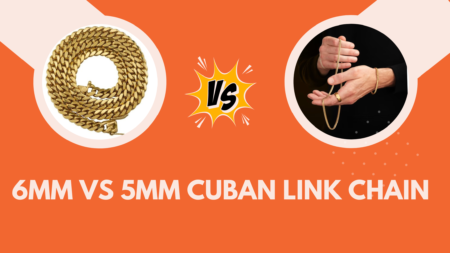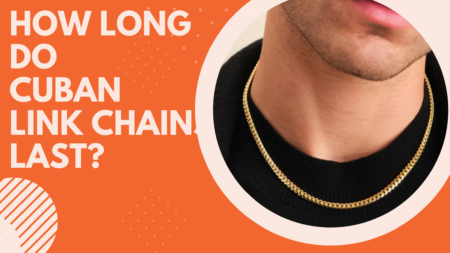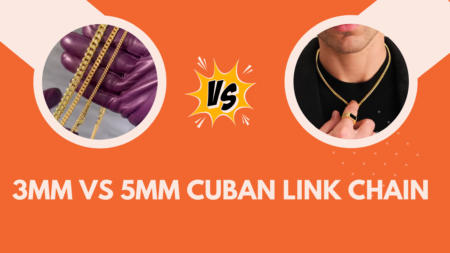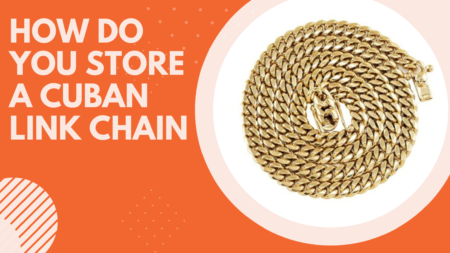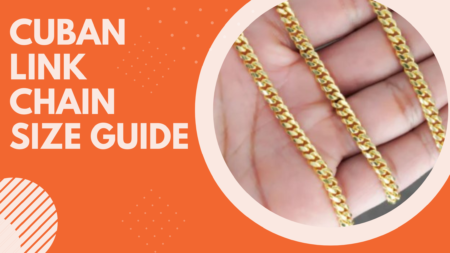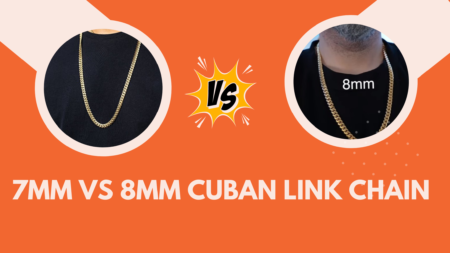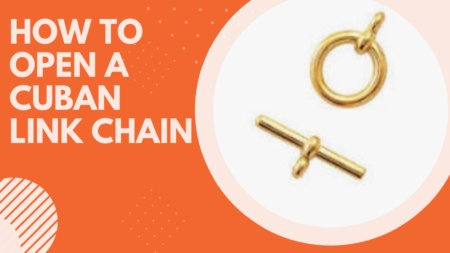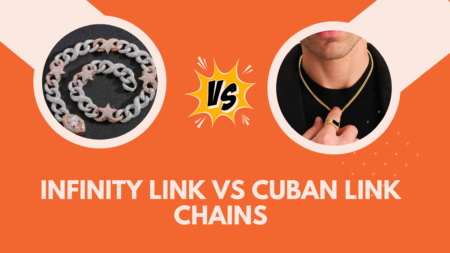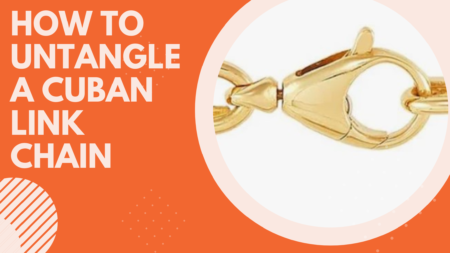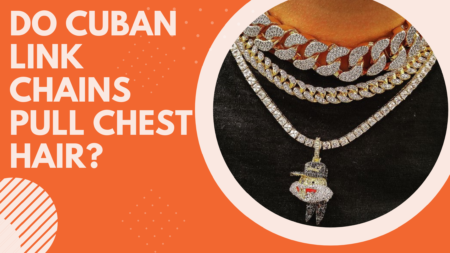How To Fix A Cuban Link Chain
How To Fix Kink Cuban Link Chian?
- Gather Necessary Tools: You will need two pairs of needle-nose pliers. Choose pliers with smooth jaws to avoid scratching the chain. If you don’t have smooth-jawed pliers, you can cover the jaws with tape.
- Prepare Your Workspace: Work in a well-lit area. Place a soft cloth on your work surface to prevent the chain from getting scratched.
- Identify the Kink: Carefully examine the chain to locate the kink. Sometimes, holding the chain up to the light and gently bending it can help reveal the distorted links.
- Stabilize the Chain: Hold the chain on either side of the kink with your hands or use one pair of pliers to stabilize one side of the kink. Be gentle to avoid causing additional kinks or damaging the chain.
- Gently Adjust the Kink: Use the second pair of pliers to gently and slowly adjust the kinked link back into place. Work slowly and carefully to avoid breaking the link. Do not apply too much force.
- Work Link by Link: If the kink affects multiple links, work on each link individually. Start at one end of the kink and gradually work your way through each affected link.
- Check the Flexibility: After adjusting each link, gently bend the chain at the repaired spot to ensure that it moves freely and naturally. If it’s still stiff, it may need further adjustment.
- Inspect for Further Damage: Once the kink is fixed, inspect the chain for any other issues like weakened or cracked links.
- Polishing: After the kink is fixed, you can polish the chain with a soft cloth to restore its shine.
- Professional Help if Needed: If the kink is too severe, or if you’re unable to fix it without causing further damage, it’s best to take the chain to a professional jeweler. They have specialized tools and expertise to repair the chain without damaging it.
Remember, Cuban link chains are intricate and can be delicate. It’s important to handle them with care to prevent further damage. If in doubt, seeking professional assistance is always the safest option.
How Difficult Is It To Repair Cuban Link Chains?
Repairing Cuban link chains can range from moderately challenging to quite difficult, depending on the specific issue and the complexity of the chain. The difficulty level is influenced by several factors:
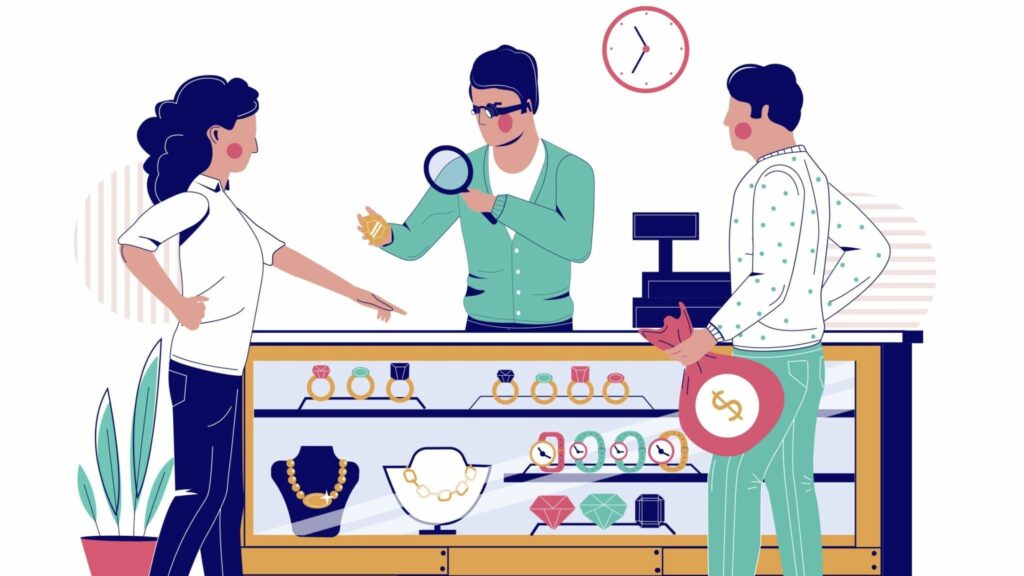
- Type of Damage: Simple issues like fixing a kink or replacing a broken clasp are less challenging. More complex problems, such as repairing broken links or reshaping distorted links, require more skill and precision.
- Chain Size and Material: Thicker and larger Cuban link chains are generally easier to handle and repair than thinner, more delicate chains. Also, different materials (gold, silver, platinum) have different properties that can affect the difficulty of the repair. For example, gold is softer and easier to work with than platinum.
- Soldering Requirement: If the repair involves soldering, this adds complexity. Soldering requires specific tools and skills to ensure that the repair is strong and doesn’t damage the chain.
- Skill Level and Tools: The skill level of the person doing the repair greatly affects the difficulty. A professional jeweler will find many repairs straightforward, while someone with less experience may struggle. Additionally, having the right tools is crucial for a successful repair.
- Chain Construction: The complexity of the chain’s construction can also impact the difficulty. Cuban link chains are known for their intricate link patterns, which can be challenging to work with, especially if the links are tightly interwoven.
- Risk of Further Damage: There’s always a risk of causing further damage when attempting a repair, especially if you’re not experienced. This risk increases with the complexity of the repair and the value of the chain.
Given these factors, while some minor repairs can be done at home with basic tools, significant repairs or those requiring specialized skills (like soldering or working with high-value materials) are best left to professional jewelers. They have the expertise, experience, and equipment needed to repair the chain without compromising its integrity or appearance.
It is also expensive to purchase 1-kilogram Cuban Link chains, so if yours breaks, you should have it repaired as soon as possible.
Metals such as gold and platinum are usually used in Cuban chains.
They are expensive to buy and repair because of the expensive materials used.
Can I Replace My Cuban Link Chain?
Yes, you can certainly replace your Cuban link chain. If your current chain is damaged beyond repair, or if you simply want a new one for aesthetic or personal reasons, there are several options available to you:
- Purchasing a New Chain: You can buy a new Cuban link chain from jewelry stores, online retailers, or custom jewelers. When selecting a new chain, consider the metal type (gold, silver, platinum), the purity of the metal (like 14k or 18k gold), the length and width of the chain, and the quality of craftsmanship.
- Custom Design: If you have specific requirements or want a unique piece, you can have a Cuban link chain custom-made. Contact a jeweler who specializes in custom jewelry design. They can create a chain that meets your exact specifications in terms of length, link size, metal type, and overall style.
- Exchange or Trade-In: Some jewelers offer exchange or trade-in programs where you can trade your old chain for credit towards a new one. This option can be cost-effective, especially if your current chain is of considerable value.
- Insurance Claim: If your chain was lost or damaged beyond repair and you had it insured, check your policy. You might be able to claim its value and use the funds towards purchasing a replacement.
- Selling the Old Chain: If your current chain is still in reasonable condition or contains valuable materials (like gold or platinum), you might consider selling it. The funds obtained from the sale can be used to finance the purchase of a new chain.
Note: We have a separate guide on where to purchase Cuban Link chains. Click here for more information.
- Budget: Determine your budget for the new chain, as prices can vary widely based on the materials and craftsmanship.
- Style and Preferences: Consider the style of the chain, including link pattern, width, and length, to ensure it suits your taste and needs.
- Quality: Look for a reputable jeweler or retailer with good reviews and quality products to ensure you’re getting a good value for your money.
- Warranty and Return Policy: Check if the jeweler offers a warranty or a return policy in case the new chain doesn’t meet your expectations.
Replacing a Cuban link chain offers an opportunity to get a piece that better fits your current style or needs, and there are numerous options available to suit a variety of preferences and budgets.
Conclusion
From my own experiences, I’ve learned that it’s crucial to weigh the sentimental value against the practicality of repair. There have been times when I’ve opted for repair, cherishing the history embedded in each link, while on other occasions, the allure of a brand new chain, gleaming with promise and potential, was the right choice.
Here are some personal do’s and don’ts to consider:
Do:
- Do Assess the Sentimental Value: If your chain has sentimental value, consider repairing it. I’ve found that preserving a piece with a personal story often brings more satisfaction than purchasing a new one.
- Do Explore Customization: If you opt for replacement, think about customization. I once had a chain redesigned to better reflect my current style, and it felt like infusing new life into an old memory.
- Do Consult with Professionals: Always seek advice from experienced jewelers. They can offer insights into the feasibility of repairs and provide options you might not have considered.
Don’t:
- Don’t Rush the Decision: Whether to repair or replace isn’t a decision to be taken lightly. I’ve learned that taking my time to weigh my options has always led to better decisions.
- Don’t Overlook Insurance and Warranties: If your chain is insured, understand your policy before making a decision. Neglecting this aspect can lead to missed opportunities for coverage or reimbursement.
- Don’t Compromise on Quality for Cost: Especially with replacements. It’s tempting to go for cheaper options, but from my experience, investing in quality pays off in the long run.
- Repairing Can Be Rewarding: There’s something deeply satisfying about seeing a cherished piece restored to its former glory. It’s like reconnecting with an old friend.
- A New Chain Can Symbolize a New Chapter: When I bought my latest Cuban link chain, it wasn’t just a purchase; it felt like marking the start of a new personal era.
- Quality Over Quantity: Investing in a high-quality chain, whether new or restored, means investing in something that can be cherished for years, perhaps even generations.
In the end, if you choose to repair or replace your Cuban link chain, what matters most is how the piece resonates with you. It’s not just about the metal or the cost, but the story it tells and the confidence it brings when you wear it.
